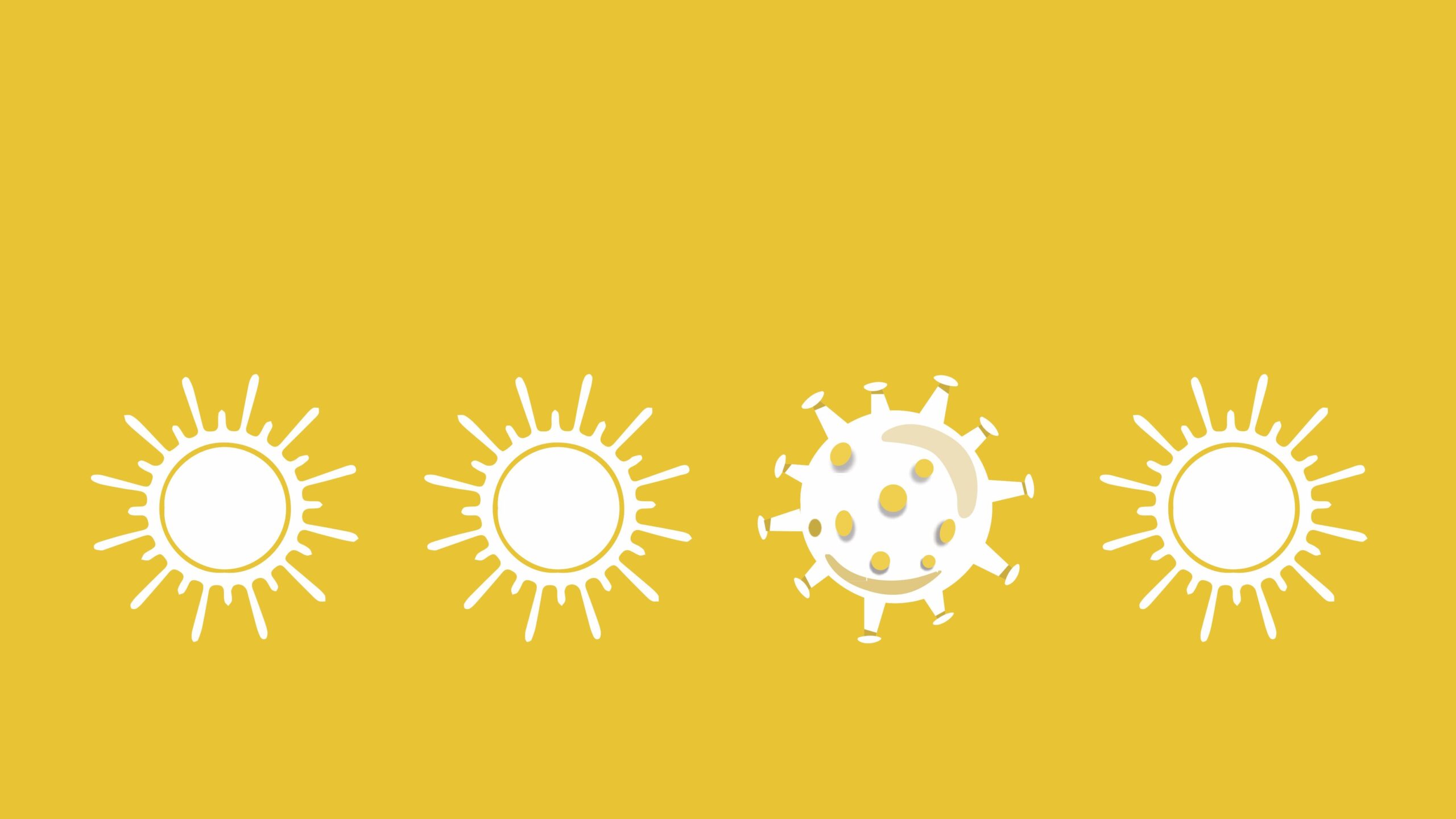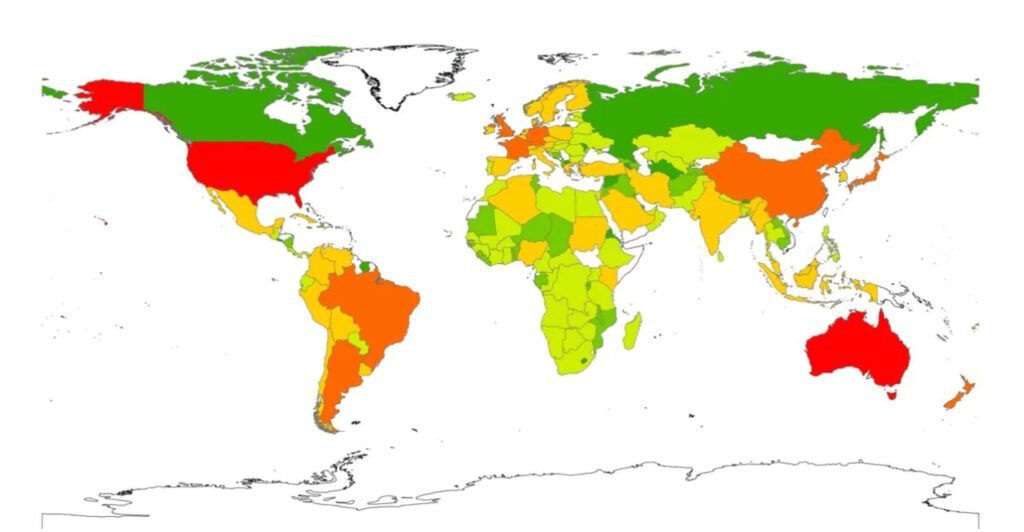Humans are creating or exacerbating environmental conditions that could lead to the next pandemic. This is the conclusion of the new study carried out by researchers at the University of Sydney.
The models of the Sydney School of Veterinary Science suggest that the pressure on ecosystems, the climate changes and economical progress are key factors associated with the diversification of pathogens (such as viruses and bacteria). This has the potential to lead to disease outbreaks and to an upcoming, indeed, pandemic.
The research of Dr. Balbir B Singh, of Professor michael ward and the associate professor Navneet Dhand was published in the international magazine Transboundary and Emerging Diseases .
How and when it will arrive

The team found a greater diversity of zoonotic diseases (diseases transmitted between animals and humans) in higher-income countries with larger land areas, denser human populations and greater forest cover.
The study also confirms that increased population growth and density are the main drivers of zoonotic disease development. The global human population has increased from about 1,6 billion in 1900 to about 7,8 billion today, putting pressure on ecosystems, and will grow even before we know a settlement (and a decline, I add).
As the human population increases, so does the demand for housing. To meet this demand, humans are encroaching on wild habitats. This increases interactions between wildlife, pets and humans, increasing the possibility of viruses jumping species from animals to humans
Navneet Dhand
New investigation mechanisms are needed to predict (and prevent) the next pandemic
To this day, we continue to be frustrated with understanding why diseases keep emerging. For me there is a mechanism of repression in place that prevents us from acting, because acting means realizing that we are the problem. Only understanding it can help us mitigate this pandemic and prevent the next one.
It hasn't been long since other zoonotic diseases have struck: between SARS, avian (H5N1) and swine (H1N1) flu, Ebola, Zika and Nipah, another virus transmitted by bats. It doesn't take a genius to understand that this process is getting more intense and more aggressive, and it's doing it at insane speed.

What are the predictors of the pandemic
Methodology: the authors used 13.892 unique pathogen-country combinations and 49 socioeconomic and environmental variables to develop this model. Information from 190 countries was analyzed using statistical models to identify drivers for emerging and zoonotic diseases.
In their study, the researchers found factors that predict three categories of diseases: zoonotic, emerging (newly discovered diseases or diseases that have become more dangerous) and human. Here is a prospectus.
- Zoonotic diseases: land surface, human population density and forest area. Areas with high zoonotic disease diversity include Europe, North America, Latin America, Australia, and China.
- Emerging diseases: land surface, human population density and human development index. Areas with high diversity of emerging diseases include Europe, North America,
- Human diseases: high per capita health expenditure, average annual temperature, land surface area, human population density, human development index and precipitation. Areas with high diversity of human diseases include North America, Latin America, China, and India.
“Countries with a longitude between -50 and -100 such as Brazil, developed countries such as the US and dense countries such as India are expected to have a greater diversity of emerging diseases,” says Professor Ward.
Meteorological variables play their role
The researchers also noted that meteorological variables such as temperature and rainfall could affect the diversity of human diseases. At warmer temperatures, they tend to be more emerging pathogens.
Analyzes demonstrate that meteorological variables (temperature and precipitation) have the ability to influence pathogen diversity. These factors combined confirm human action (including climate change) as co-responsible for the emergence of infectious diseases, such as COVID -19.
All countries should use these models to inform their public health policies and plan their response to a future, forthcoming pandemic.
# # #


